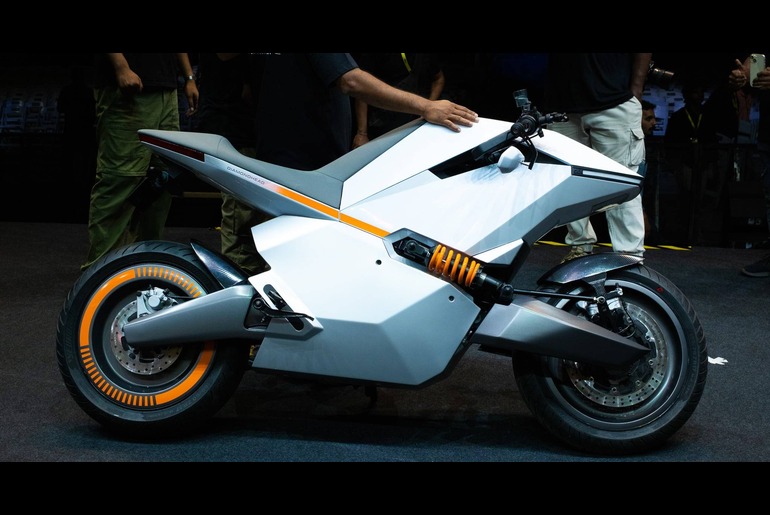Ola Electric, at Sankalp 2025 in its Gigafactory in Tamil Nadu, announced a range of home-grown technologies to build the country capabilities in manufacturing of EVs. The company displayed the 4680 Bharat Cell, an indigenous effort to develop a lithium-ion battery, and a ferrite motor that does not contain rare earths one step on the path to supply-chain autonomy.
New models, such as the S1 Pro+ and Roadster X+, will use the 4680 Bharat-Cell that will provide 1o per cent more energy density and last 15-years with the same battery. It has a claimed range of 320 km, a top speed of 141 km/h with a new real-world price of Rs 1,69,999 (was Rs 1,99,999). The Roadster X+ has a range of up to 501 km and is sold at a discounted price of Rs 1,89,999 (down on asking price of Rs 2,24,999). The start of deliveries of both is this Navratri season.
The ferrite motor that does not include rare-earth magnets such as neodymium counteracting escalating supply risks in China increasingly constricts control over rare-earth magnets. To evade the enlarging geopolitical restraints, Ola believes in a staged rollout with the preliminary phase to be launched in Q3 FY26.
Ola has also launched MoveOS 6, its AI-imbibed software system. This update adds features including adaptive cruise control, collision and lane-departure warnings, 11 online languages and is able to have customizable motor sounds. MoveOS 6 claims up to 15 per cent-energy savings, 25 per cent weight loss and a 43 per cent plunge in expenses. It will be rolled out early in the year 2026.
In future, the company introduced a model preview – the S1 Pro Sport, a scooter in the sports segment with gas-charged suspension, carbon-fibre elements, and ADAS, and a price of about Rs 1,49,999, which will be available in January 2026. Ola also clowned Diamondhead, an early electric motorcycle aiming at a mid-2027 launch price of below Rs 5 lakh.
These are new developments under the pressures of finances. In Q1 FY 26 Ola incurred a net loss of Rs 428 crore, compared with last quarter, but by a narrow margin. In addition, its EV market share has plunged to less than 20 percent-down by more than 50 per cent- as traditional players such as TVS and Bajaj make market incroachments.
Production of in-house batteries, rare-earth-free motors and AI- enabled software have made Ola Electric place bets on made-in-India vertical integration to be a leader in the fast-growing EV industry.



